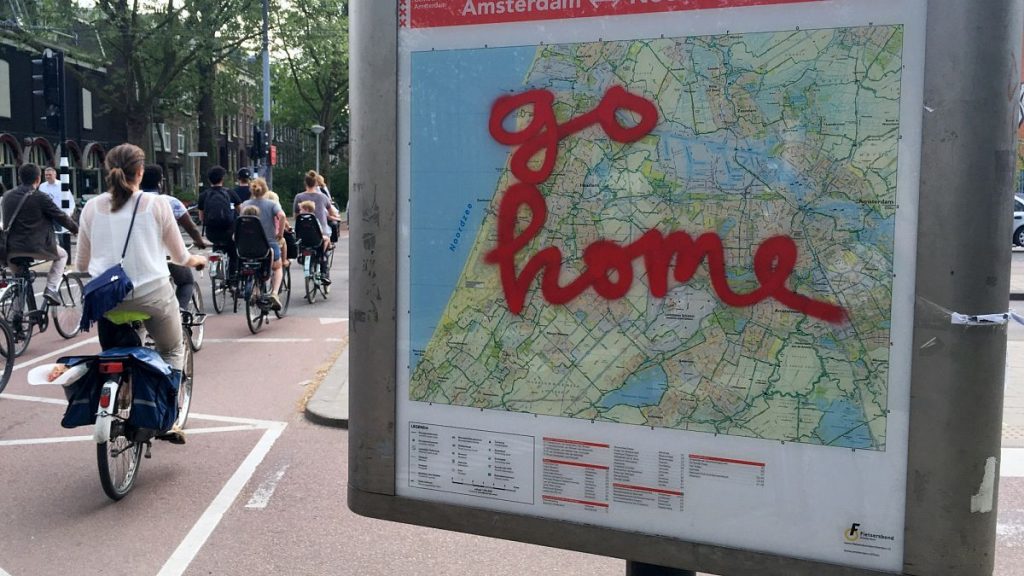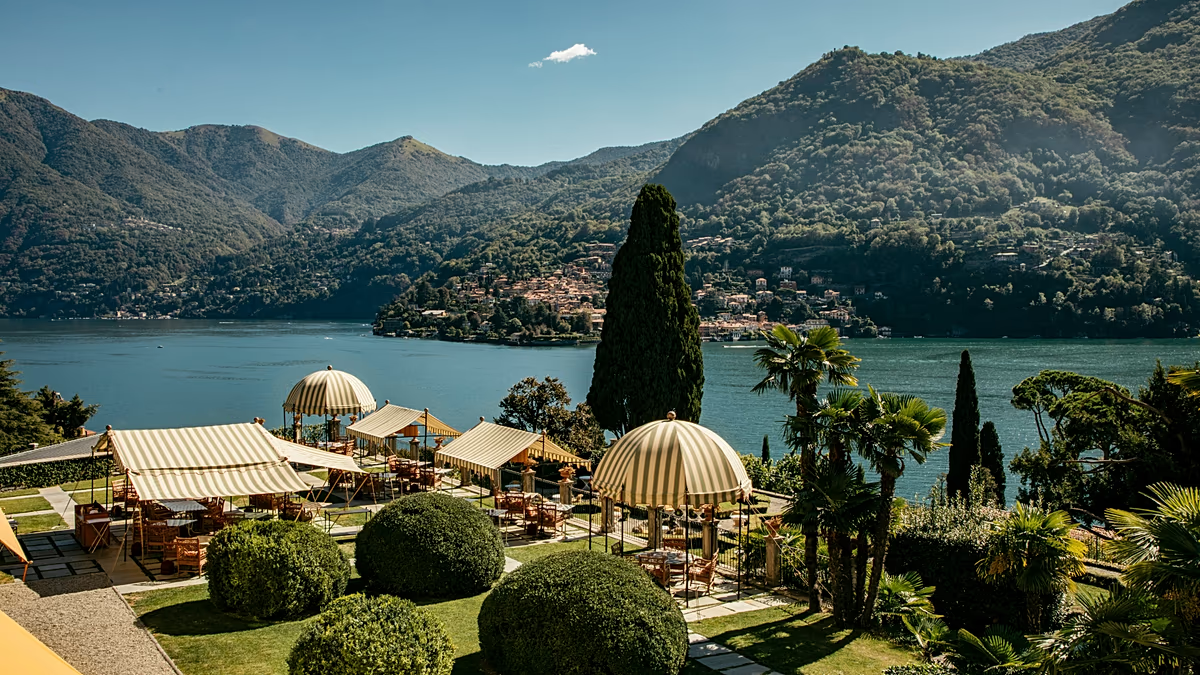Amsterdam Residents Fight Back Against Overtourism
In a groundbreaking move that highlights growing tensions between locals and the tourism industry, residents of Amsterdam have launched legal action against their city council. The lawsuit, filed by the citizens’ initiative “Amsterdam has a Choice,” represents a community pushed to its limits by what they describe as unmanageable visitor numbers overwhelming their historic city. Backed by €50,000 in donations from concerned locals and supported by a dozen residents’ organizations, the legal challenge targets what they see as the municipality’s failure to effectively manage tourism despite existing regulations. At the heart of their complaint is a 2021 bylaw that established a 20-million annual cap on tourist overnight stays—a limit that was exceeded by nearly 3 million stays last year alone, with projections suggesting even higher numbers for 2025. The residents argue that their government is essentially ignoring its own legislation while their city continues to transform under the weight of mass tourism.
“For three years, overnight stays have exceeded the agreed 20 million without the municipality taking effective measures,” explained Jasper van Dijk, one of the residents behind the lawsuit. While acknowledging steps the council has already implemented—including Europe’s highest tourist tax at 12.5 percent, halving the number of cruise ships allowed to dock, and freezing new hotel construction—residents argue these measures have only slowed tourism growth rather than reversing it. The tourist industry continues to expand by approximately three percent annually, with projections showing between 23 and 26 million overnight stays expected this year. For locals who remember a more balanced Amsterdam, these numbers represent not just statistics but a fundamental threat to their way of life, as neighborhoods increasingly cater to temporary visitors rather than permanent residents.
The legal challenge comes after years of mounting frustration as Amsterdam has struggled with its international reputation. City authorities have worked to shift away from the image of Amsterdam as a destination primarily known for stag parties, pub crawls, recreational drug use, and sex work—elements that have dominated its tourism profile for decades. These efforts to rebrand the city and attract a different type of visitor have been accompanied by various regulations and campaigns, but residents argue that these initiatives have failed to meaningfully improve their daily reality. The disconnect between official policies and residents’ lived experiences has fueled growing resentment, with many locals feeling that their needs are secondary to tourism revenue. This sentiment has transformed from quiet grumbling to organized resistance, culminating in this unprecedented legal action.
Among the solutions proposed by the residents is a further increase to the already substantial tourist tax. Van Dijk suggests that additional tax revenue could be directed toward addressing Amsterdam’s housing shortage—a crisis exacerbated by properties being converted to tourist accommodations—or tackling the increased street litter attributed partly to visitors. “If the municipality implements this substantial increase in tourist tax, it will generate more revenue than the combined costs of all the plans from the previous Amsterdam coalition agreements,” Van Dijk noted, highlighting the potential financial benefits of stronger tourism management. The residents’ proposal represents a pragmatic approach that acknowledges tourism’s role in the city’s economy while seeking to better balance visitor numbers with local quality of life.
This legal battle in Amsterdam reflects a broader phenomenon unfolding across Europe’s most visited cities, where residents increasingly push back against tourism models they view as unsustainable. From Barcelona to Venice, local movements have emerged calling for stricter regulations on short-term rentals, cruise ships, and tourist behaviors that disrupt community life. Amsterdam’s case is particularly significant because it demonstrates how even well-documented municipal efforts to address overtourism can be perceived as insufficient by residents experiencing its daily impact. The lawsuit raises important questions about who ultimately determines what constitutes “sustainable tourism” and how much influence local communities should have in shaping policies that affect their neighborhoods and public spaces.
The outcome of this legal challenge could set an important precedent for how European cities balance tourism economics with residents’ rights. Beyond the specific demands for stricter enforcement of existing caps and increased taxation, the lawsuit represents a community asserting its voice in decisions that shape the character and livability of their city. As urban centers worldwide grapple with similar tensions between tourism revenue and quality of life, Amsterdam’s citizen-led initiative demonstrates that locals are no longer willing to accept being mere spectators in tourism management. Whether through the courts or through continued grassroots pressure, Amsterdam’s residents are determined to reclaim a voice in determining their city’s future—insisting that a vibrant, livable Amsterdam must first serve its permanent residents while still welcoming visitors on more sustainable terms.












